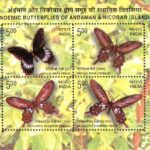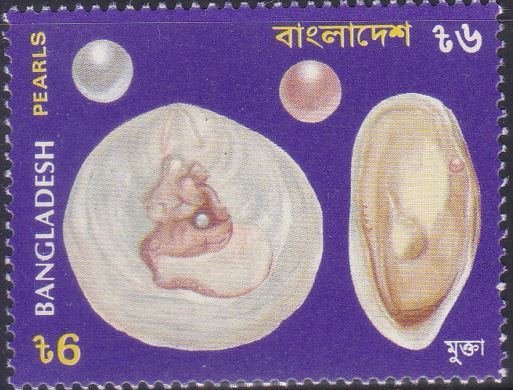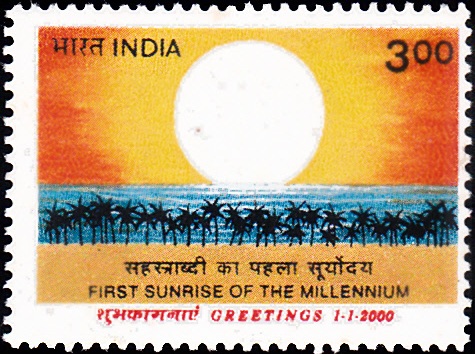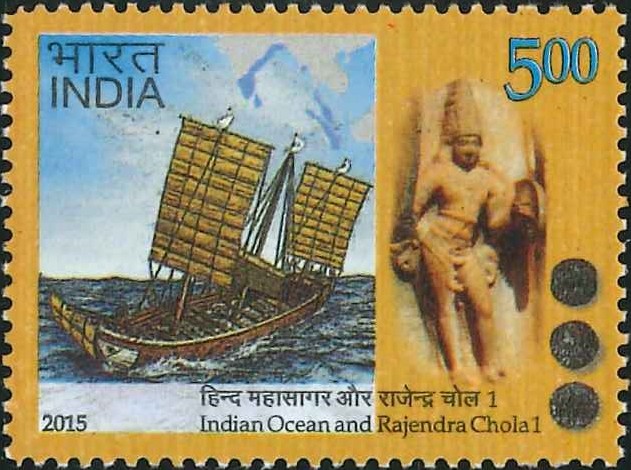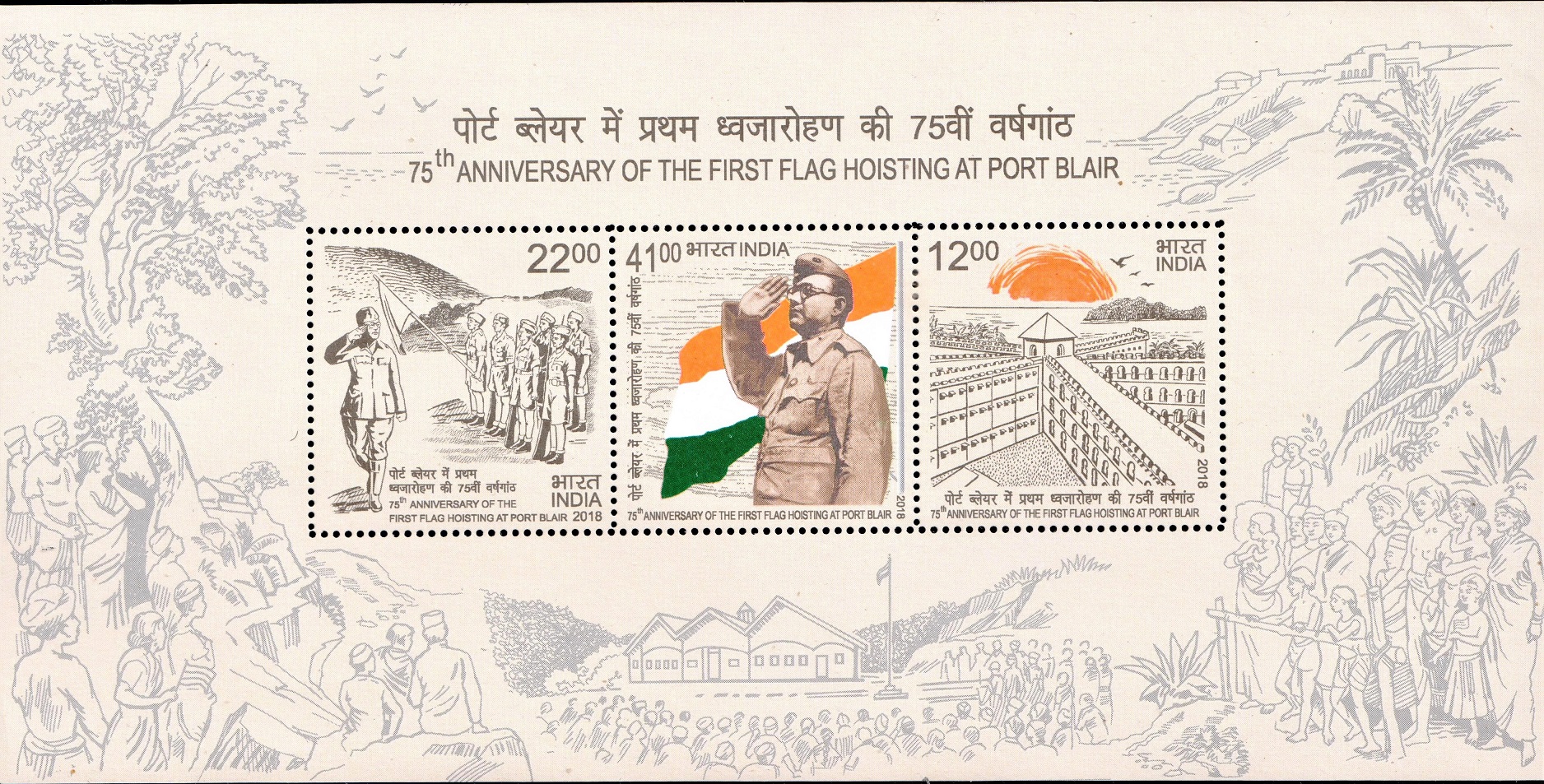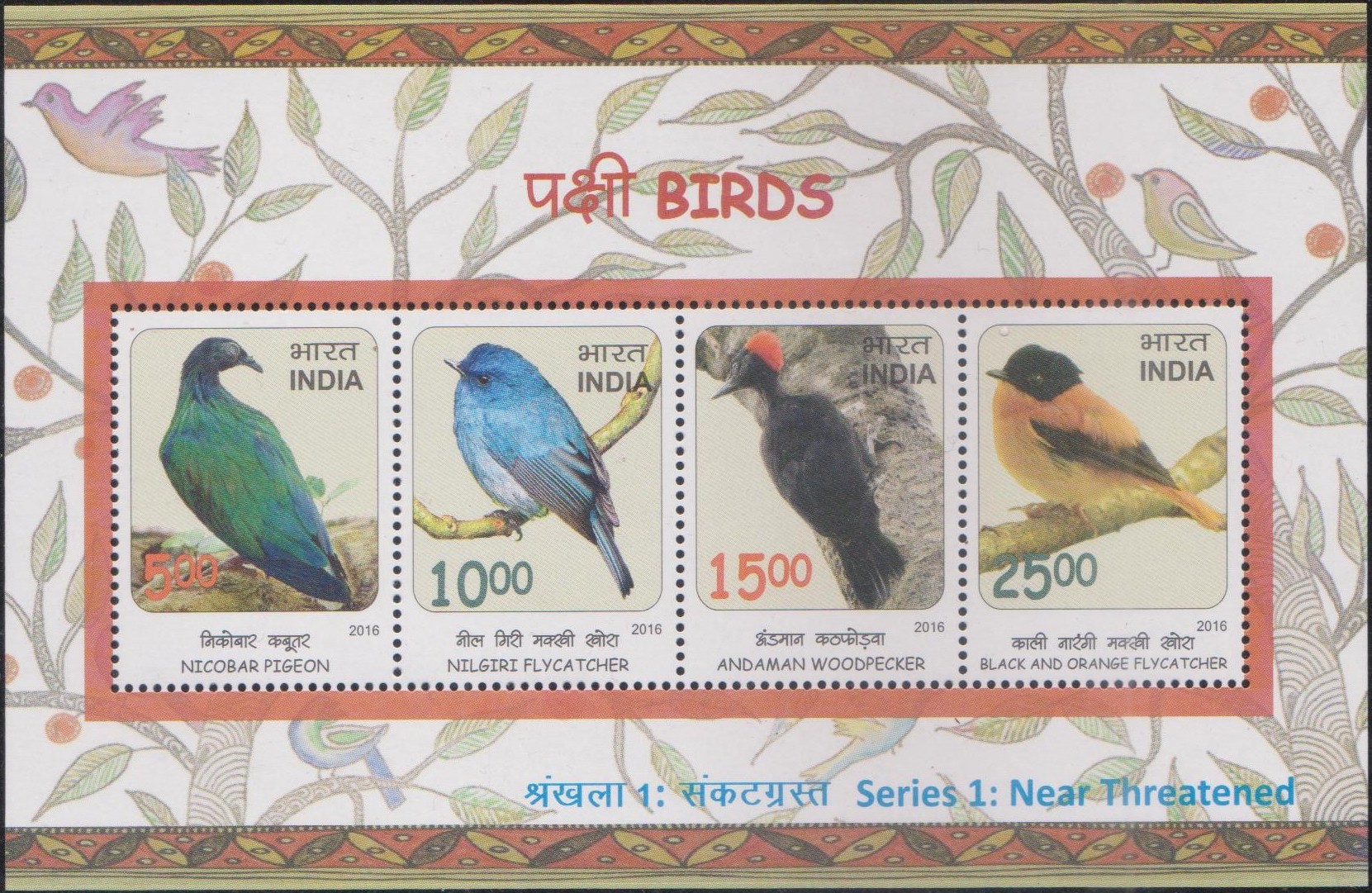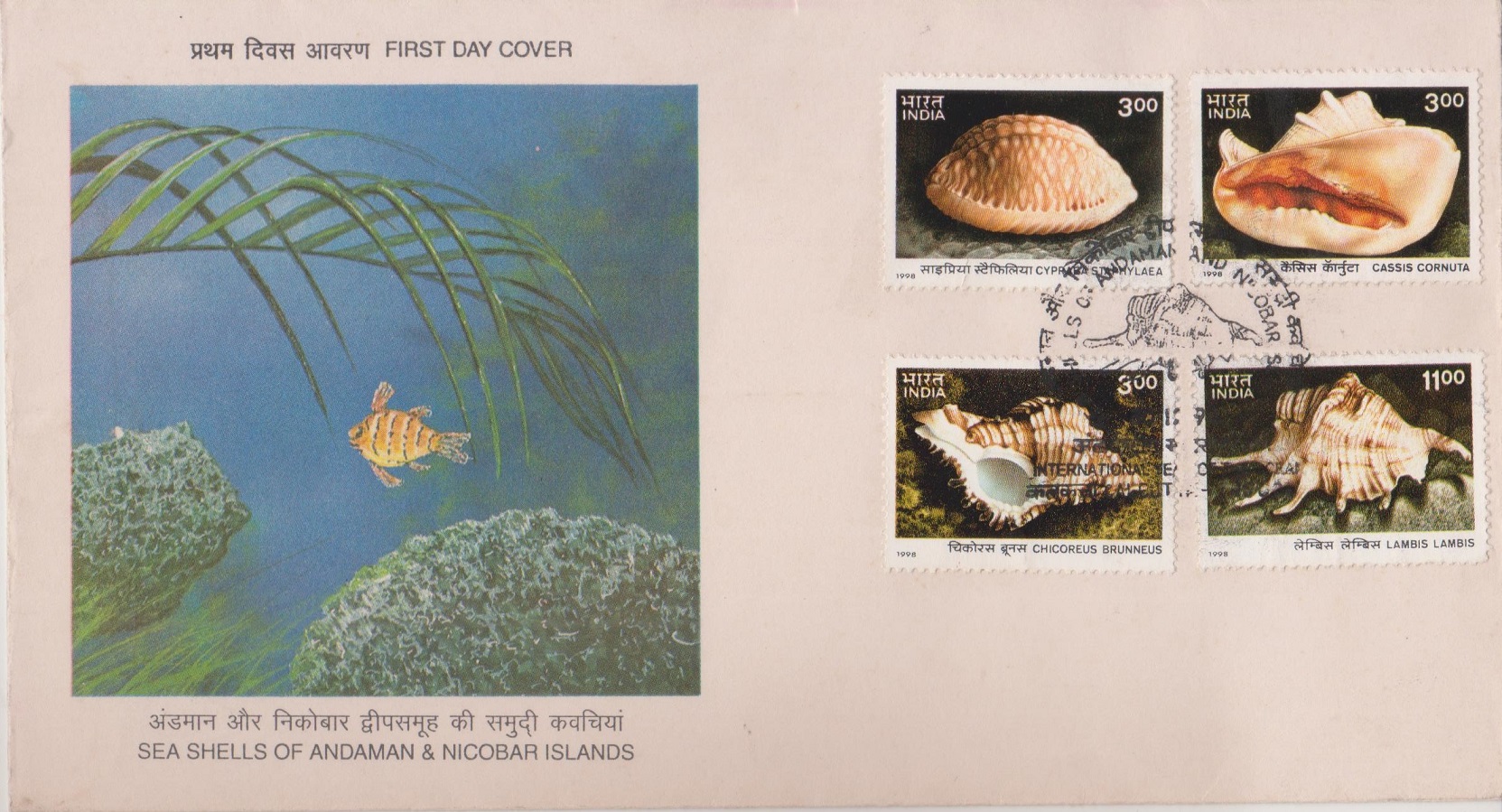
Sea Shells of Andaman and Nicobar Islands
Complete series of 4 nos. of commemorative postage stamp on International Year of the Ocean 1998 :
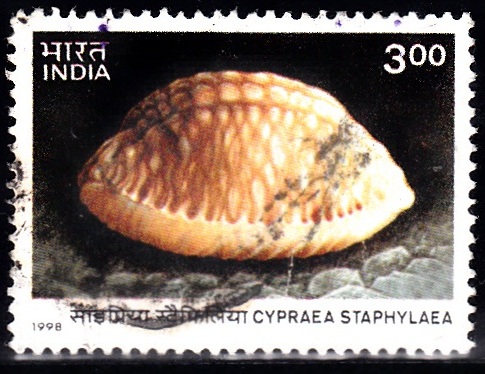
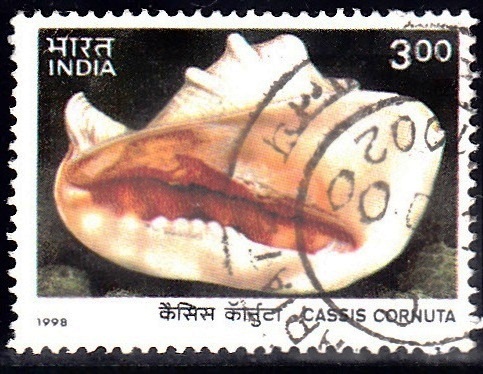
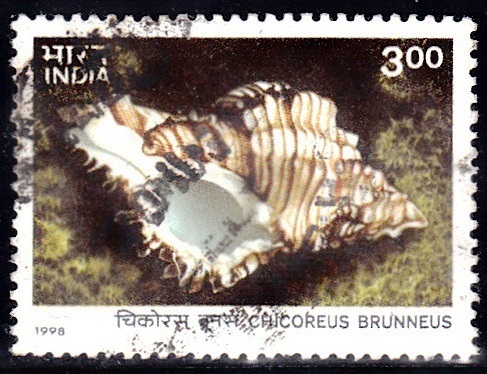
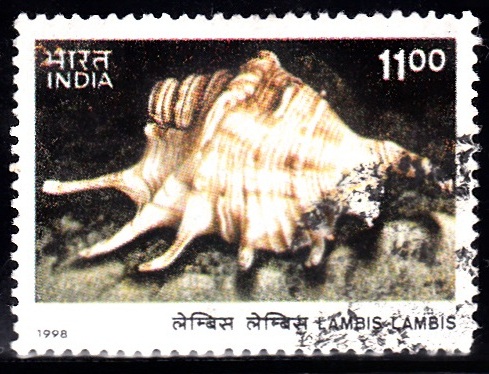
 Issued by India
Issued by India
Issued on Dec 30, 1998
Issued for : The Department of Post is happy to bring out this set of stamps in 1998, on the occasion of International Year of the Ocean as part of the ongoing worldwide efforts under the auspices of the United Nations Organisation to create greater socio-political awareness about the ocean as the common heritage of mankind.
Credits :
Stamp & FDC : Ramesh Sukumar
Cancellation : Alka Sharma
Type : Stamps, Postal Used
Colour : Multi Colour
Denomination : 300, 300, 300 & 1100 Paise
Overall size : 3.91 X 2.90 cms.
Printing size : 3.55 X 2.54 cms.
Perforation : 13 x 13
Paper : Imported Unwatermarked Adhesive Gravure Coated Stamp Paper
Stamps Printed : One Million
Number per issue sheet : 35
Printing Process : Photogravure
Printer : India Security Press, Nashik
About :
- Awareness about the necessity to preserve our environment has been growing all over the world in the past few decades. Also growing has been the tribute of nature-lovers as well as the quantum of research and study in ecology-related areas. In all such activity, however, attention is generally cornered by land and fresh-water organisms, with very little spotlight falling on marine life. Through this set of four stamps on the sea shells of Andaman and Nicobar islands, the Department of Posts attempts to generate and focus popular interest on marine ecology.
- Sea-Shells, perhaps the most beautiful and enchanting of all forms of marine life, are actually the protective external calcareous covering of a group of soft-bodied aquatic organisms called molluscs, fascinating in their myriad shapes and colours. Some varieties of molluscs are consumed as food also. In India, the shells have traditionally been considered to have ritualistic significance in religious ceremonies.
- The first stamp depicts Cypraea staphylaea Linnaeus, found in Indo–West Pacific to Samoa, from North Australia to Japan. It measures upto 25 mm in size. A fully adult shell has fine nodules on the dorsum. It is dark-coloured when taken alive, soon fading through gray to almost white. The main distinguishing feature is the teeth, which cross to both the margins. The extremities at both the ends are red-brown.
- The second stamp shows Cassis cornuta Linnaeus, generally known as Horned Helmet Shell. It is wide spread in Indo–Pacific, and the size can be up to 350 mm. It is very solid and heavy with a short spire of about seven whorls. Angular shoulder has 5 to 7 flat, protruding blunt spines. The colour of the shell is white with light-brown shading and sparse brown spots and purple-brown marks on the smooth bands.
- The third stamp in the series shows Chicoreus brunneus Linnaeus, commonly known as Rock shell or Murex Shell. They live among rocks and corals in shallow water and are carnivorous. They are extensively distributed throughout Indo-Pacific Region and grow to a size of 70 to 80 mm. The shell is solid and heavy with many close-set spiral cords. It has one large blunt knob on shoulder and the shell is highly sculptured with spines and fronds. Colour is usually dark gray-brown. The aperture is white with the edge being light orange.
- The fourth stamp shows Lambis lambis Linnaeus, commonly called the Spider Shell. Found only in the tropical Indo-Pacific, in shallow or deep waters on coral rocks, its size can be up to 200 mm. Outer lip of the adult shell has six long spines. Body wheral has fine blunt knees, very deep and a wide stremboid notch is present on the dorsal side of shell. The colour is creamy-white being heavily mettled with brown and purple-brown.
- It is also the objective of the Department through this set of stamps to focus attention on the untouched and unspoilt ecology of Andaman and Nicobar Islands. Molluscs are organisms extremely sensitive to pollution and many species of this group today face the threat of extinction on account of aquatic pollution in different parts of the world. It is a matter of satisfaction that the pristine marine environment around Andaman and Nicobar Island still continues to provide them a habitat where they can thrive.
- Text : Based on material supplied by Zoological Survey of India.


